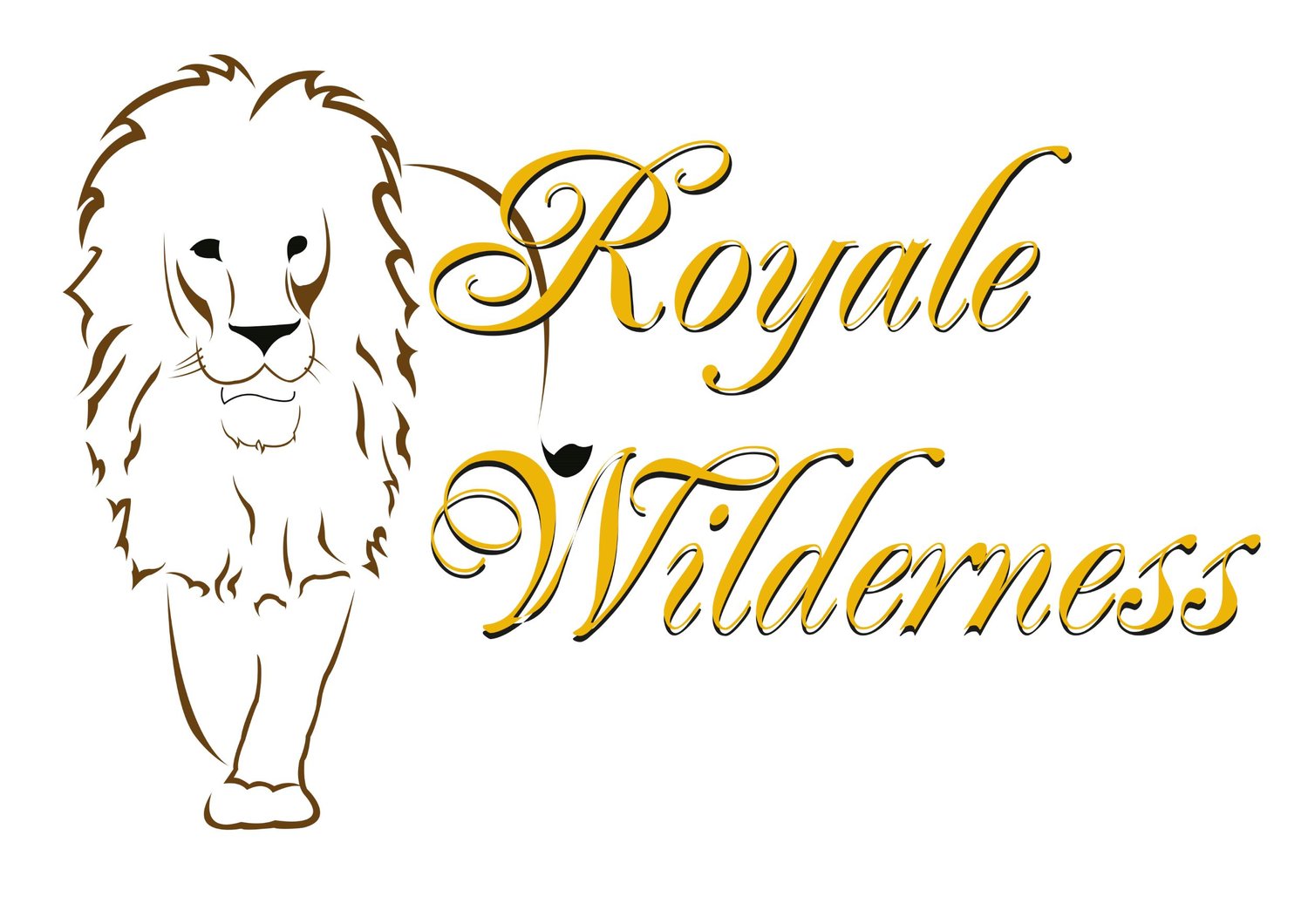
Nxai Pan National Park
Part of the Makgadikgadi complex, Nxai Pan National Park covers an area of 2 578 sq kms, and comprises of series of pans-Nxai Pan, Kgama-Kgama Pan and Kudiakam Pan, which were once ancient salt lakes. These larger pans are now grassed, and scattered with islands of acacia trees, and smaller pans that fill with water during the rainy season-thus providing rich resources for wildlife.
Nxai Pan was proclaimed as a conservation area in the 1970s. It comprised only of 1 676km2. In 1992 it was declared a national park and enlarged to include Baine’s Baobabs. Today it comprises an area of 2 578km2.
Baines’s Baobabs
The famous Baobabs are situated 31 km from the old official entry gate and 15 km from the new gate. They were painted by 19th century explorer Thomas Baines and are situated on an island overlooking the white, crusty Kudiakam Pan.
Thomas Baines was an explorer, artist, naturalist and cartographer. He and fellow explorer James Chapman travelled through this area during their two year journey from Namibia to Victoria Falls (1861-63).
They travelled in horse-drawn wagons and on foot, accompanied and led at different times by Hottentots, Damaras (a tribe from Namibia) and San. They encountered numerous difficulties, including harshness of the desert, thirst, hunger, illness and more than once, desertion by their guides, who made off with their supplies.
Despite all this, Baines’ account of the journey is filled with appreciation of the beauty of Africa. ‘I confess’ he wrote, ‘ I can never quite get over the feeling that the wonderful products of nature are objects to be admired rather than destroyed; and this, I am afraid, sometimes keeps me looking at the buck when I ought to be minding my hindsight’s.
Best Time to Visit
December to May: In contrast to its neighbors in the north, Nxai Pan is a destination for migrating Zebras from both the northern parks and Makgadikgadi National Park to the south. Theses migrations are in peak here during the rainy months of December to April. At peak, there are estimated at tens of thousands of Zebras in Nxai Pan during this time.
Wildlife
Outside seasonal rains, the only source of water is the one man made waterhole with water pumped from underground. Springbok and Impala congregate around this waterhole and occasionally attracting Lion, Cheetah and sometimes even Leopard. Bull Elephants and Giraffe track between Nxai Pan and Makgadikgadi and they too are common residents at the waterhole. It is good place for shy Bat-Eared Fox.
Ostrich, Kori bustard and Secretary birds are quite common here too. It is a common site to sit at the water hole in the evening and enjoy the flapping of Sand grouse drinking and taking water home to their babies.
Our Safaris in Nxai Pan
Discover Botswana: 2 nights Nxai Pan

